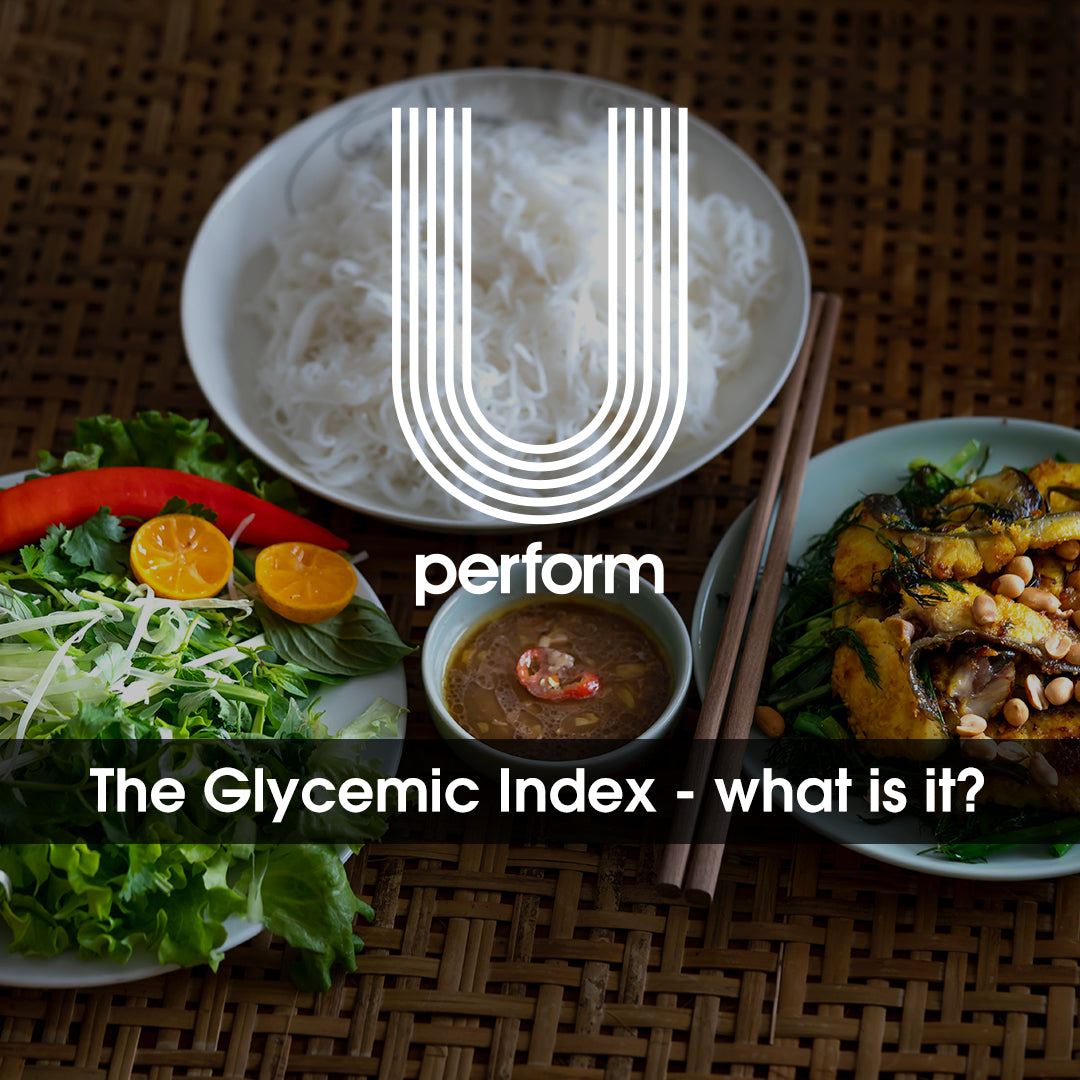What is the glycaemic index (GI)?
The glycaemic index (GI) is a rating system for foods containing carbohydrates and shows us how quickly each food affects your blood sugar (glucose) level when that food is eaten on its own.
Dr. David Jenkins originally created the GI to rank carbohydrates for people with diabetes. Instead of categorising carbohydrates as simple or complex, the GI ranks foods on a scale from 0 to 100.

Foods that quickly raise blood glucose levels have a higher GI number than foods that raise blood glucose levels more slowly.
Your body responds to blood glucose spikes by producing more insulin. Insulin is a hormone that allows glucose to go from your blood into your cells. If you have insulin resistance, quick spikes in blood sugar over many years may cause your pancreas to tire out. This leads to a reduction in insulin production, which can increase your risk of diabetes.
When you consume foods with a lower GI, it helps you avoid blood glucose spikes, and may help you manage your weight and overall health.
However, using the glycaemic index to decide whether foods or combinations of foods are healthy can be misleading.
Foods with a high GI are not necessarily unhealthy and not all foods with a low GI are healthy. For example, watermelon and parsnips are high GI foods, while chocolate cake has a lower GI value. As with most things when it comes to food, it’s about finding the right balance for you.
Also, foods that are cooked in fat slow down the absorption of carbohydrates, lowering their GI. For example, crisps have a lower GI than potatoes cooked without fat. However, crisps are high in fat and should be eaten in moderation.
If you eat a meal that includes protein and fats, the digestion of the food that has a high GI slows down.
For example, if you want a baked potato for dinner, be sure to balance the meal with a food that has a low GI, such as broccoli and some fish, and healthy fat, such as avocado. Avoid overly large portions of foods with a high GI.
If you only eat foods with a low GI, your diet may be unbalanced and high in fat.
However, as mentioned above, not all foods with a low GI are healthy. Therefore, relying on GI alone is not a reliable way to decide whether foods or combinations of foods are healthy.
Over the next few weeks, we will be looking at food groups and diets in more detail: Good Fats vs Bad Fats, Diet Myths, Intermittent Fasting, Low Carb vs Low Fat, etc.
Share this with someone who you know would benefit from reading this. The U Perform family loves sharing ideas and encouraging each other.

